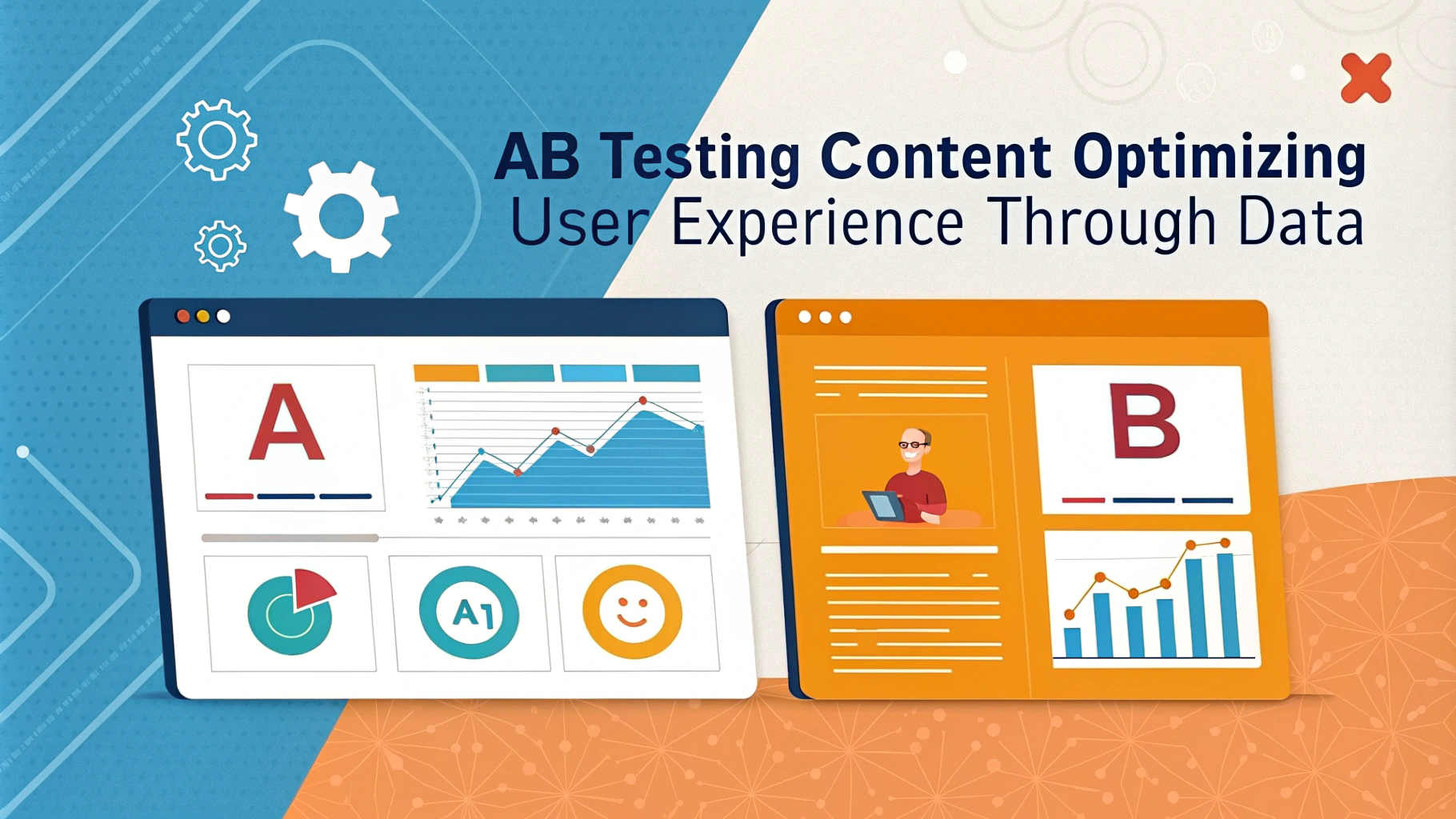Content creation teams face unique challenges in today’s fast-paced digital environment. This article explores effective tools and strategies for collaborative content development, helping teams boost productivity and produce high-quality work.
We’ll examine workflow optimization, team management techniques, and productivity-enhancing tools. By implementing these best practices, content teams can improve communication, streamline processes, and deliver exceptional results.
Understanding Collaborative Content Workflows
Collaborative content workflows involve multiple team members working together to plan, create, edit, and publish content. Key components include:
- Content ideation and planning
- Task assignment and management
- Content creation and editing
- Review and approval processes
- Publication and distribution
Efficient workflows reduce bottlenecks, improve quality control, and ensure timely content delivery. Teams should regularly assess and refine their processes to maintain peak performance.
Benefits of Streamlined Workflows
- Increased productivity
- Improved content quality
- Reduced errors and inconsistencies
- Better resource allocation
- Enhanced team collaboration
Essential Tools for Collaborative Content Creation
The right tools can significantly improve team productivity and collaboration. Consider incorporating these types of software into your workflow:
| Tool Type | Purpose | Examples |
|---|---|---|
| Project Management | Task tracking and workflow management | Asana, Trello, Basecamp |
| Content Management Systems (CMS) | Content creation, editing, and publishing | WordPress, Contentful, Drupal |
| Team Communication | Real-time messaging and file sharing | Slack, Microsoft Teams, Discord |
| Cloud Storage | File storage and version control | Google Drive, Dropbox, OneDrive |
| Collaboration Platforms | Document sharing and real-time editing | Google Workspace, Microsoft 365, Notion |
Choose tools that integrate well with each other and align with your team’s specific needs and work style. Regularly evaluate and update your toolkit to ensure it continues to serve your team effectively.
Effective Team Management Strategies
Clear roles and responsibilities are essential for smooth collaboration. Assign specific tasks to team members based on their strengths and expertise. This approach helps prevent confusion and ensures accountability.
Regular check-ins keep everyone aligned and informed. Schedule brief daily or weekly meetings to discuss progress, address challenges, and set priorities. These touchpoints foster team cohesion and help identify potential issues early.
Fostering a Collaborative Culture
- Encourage open communication and idea-sharing
- Celebrate team successes and individual contributions
- Provide constructive feedback and support
- Promote a balance between autonomy and teamwork
- Invest in team-building activities and skills development
By creating a positive and supportive work environment, teams can maximize their creative potential and achieve better results.
Optimizing Your Content Creation Process
Streamlining your content creation process can significantly boost productivity and quality. Here are some key strategies to optimize your workflow:
- Content calendar: Plan your content in advance using a shared calendar tool
- Templates: Create reusable templates for different content types
- Style guide: Develop a comprehensive style guide to ensure consistency
- Batch similar tasks: Group similar activities to minimize context switching
By implementing these strategies, you can reduce time waste and improve overall efficiency in your content creation process.
Automating Repetitive Tasks
Identify repetitive tasks in your workflow and look for automation opportunities. Consider using tools like:
- Zapier for connecting apps and automating workflows
- IFTTT for creating simple automated actions
- Buffer or Hootsuite for scheduling social media posts
Automation can free up valuable time for more creative and strategic work.
Leveraging AI and Machine Learning
AI and machine learning tools can enhance various aspects of content creation:
- Content research: Use AI-powered tools to gather data and identify trends
- Writing assistance: Employ AI writing tools for idea generation and proofreading
- SEO optimization: Utilize AI-driven SEO tools for keyword research and content optimization
- Personalization: Implement AI to tailor content for different audience segments
While AI can be a powerful ally, it’s essential to maintain a human touch in your content to ensure authenticity and relevance.
Ethical Considerations
When using AI tools, consider these ethical guidelines:
- Disclose AI usage when appropriate
- Verify AI-generated information for accuracy
- Maintain editorial oversight and final human approval
- Respect copyright and intellectual property rights
Measuring and Analyzing Content Performance
To continuously improve your content strategy, it’s crucial to measure and analyze performance. Key metrics to track include:
- Page views and unique visitors
- Time on page and bounce rate
- Social shares and engagement
- Conversion rates
- SEO rankings
Use analytics tools like Google Analytics, SEMrush, or Ahrefs to gather this data. Regularly review these metrics to identify successful content types and areas for improvement.
A/B Testing for Optimization
Implement A/B testing to refine your content strategy:
- Test different headlines or content formats
- Experiment with various calls-to-action
- Try different content lengths or structures
Use the insights gained from A/B tests to inform future content creation decisions and improve overall performance.
Conclusion: Embracing Continuous Improvement
Streamlining team content creation is an ongoing process that requires regular evaluation and adaptation. By implementing the strategies and tools discussed in this article, content teams can significantly improve their productivity and output quality.
Remember to:
- Regularly assess and refine your workflows
- Stay updated on new tools and technologies
- Foster a culture of collaboration and innovation
- Continuously measure and analyze content performance
With a commitment to continuous improvement, your content team can stay ahead in the ever-evolving digital landscape and consistently deliver exceptional results.













